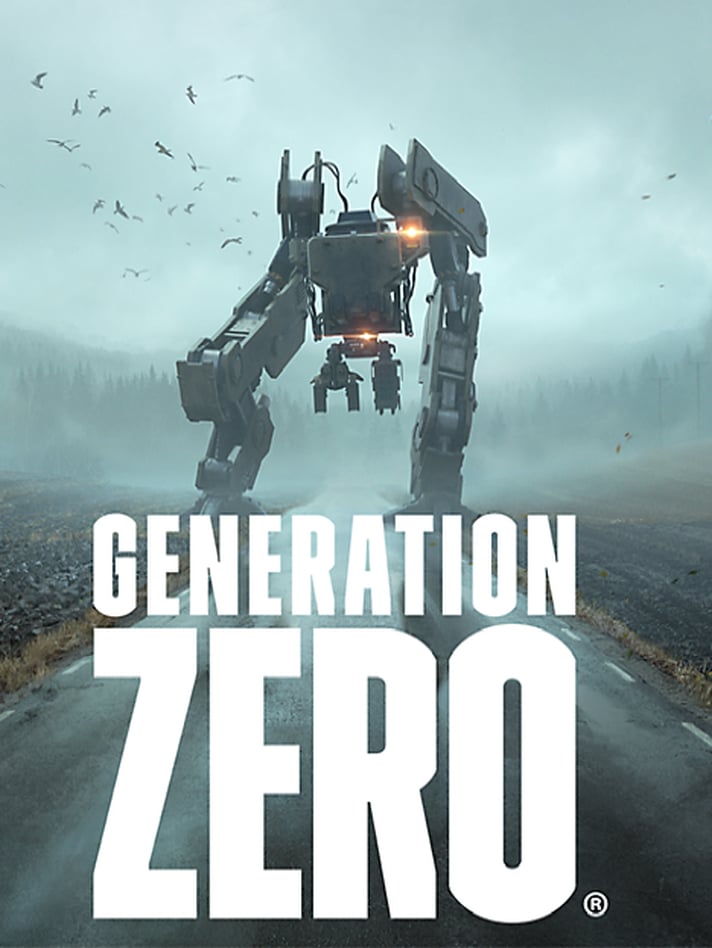

A massive development effort to replace it, known as Copland, was started in 1994, but was generally perceived outside of Apple to be a hopeless case due to political infighting.
#Mac os history mac os#
The aging classic Mac OS had reached the limits of its single-user, cooperative multitasking architecture, and its once-innovative user interface was looking increasingly "dated" next to the rapidly-evolving Microsoft Windows. Meanwhile, Apple was in fact having commercial difficulties as well. (Some of these efforts, such as Taligent, did not fully come to fruition.) However, by this point, a number of other companies-notably Apple, IBM, and Microsoft-were claiming they would soon be releasing similar object-oriented operating systems and development tools of their own.

NeXTSTEP underwent an evolution into OPENSTEP which separated the object layers from the operating system below, allowing it to run with less modification on other platforms. NeXT managed to maintain a business selling WebObjects and consulting services, but was never a commercial success. It was based on on the Mach kernel and BSD, an open source implementation of Unix dating back to the 1970s, and included the innovative Enterprise Objects Framework database access layer and WebObjects application server development environment. The object-oriented operating system NeXTSTEP, on the other hand, had a more lasting legacy. NeXT hardware, while somewhat innovative for its time, was more expensive in relation to the rapidly commoditizing workstation market, had several design problems and quirks which made it unpopular, and was phased out in 1993. When Apple Computer sidelined Steve Jobs in 1985, he attempted - with funding from Ross Perot and his own pockets - to create the "next big thing": the result was NeXT.


 0 kommentar(er)
0 kommentar(er)
